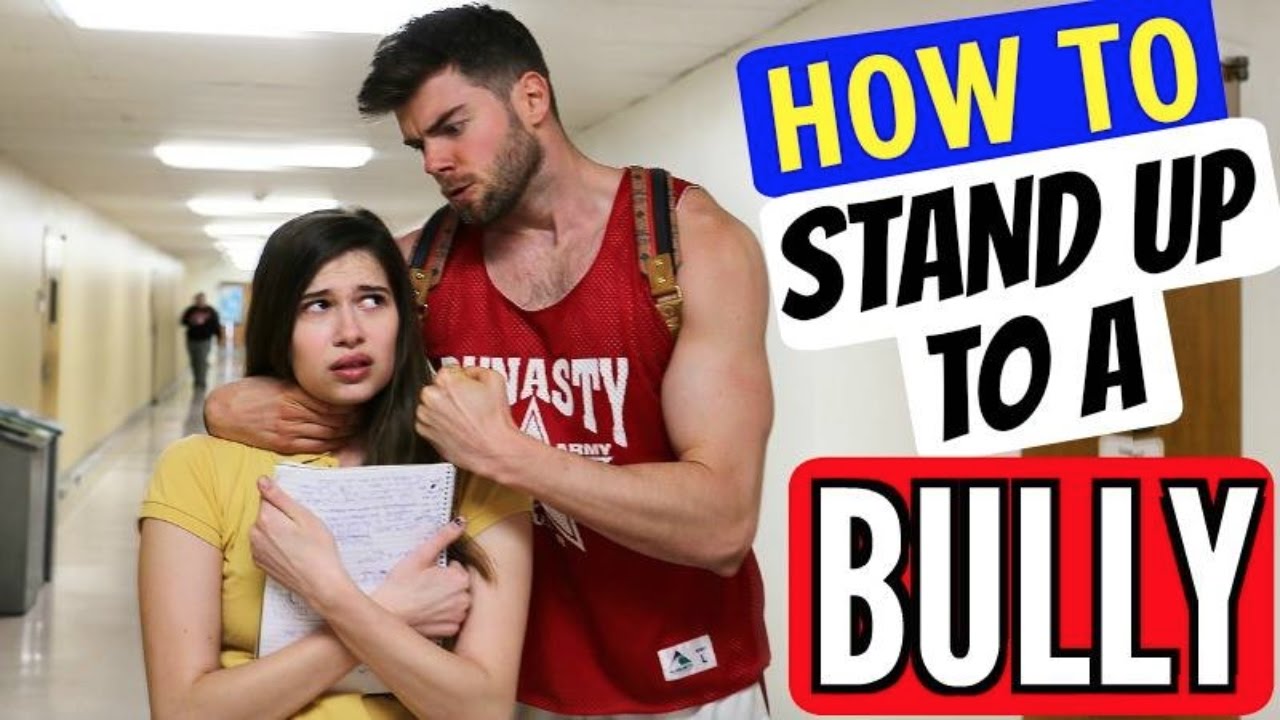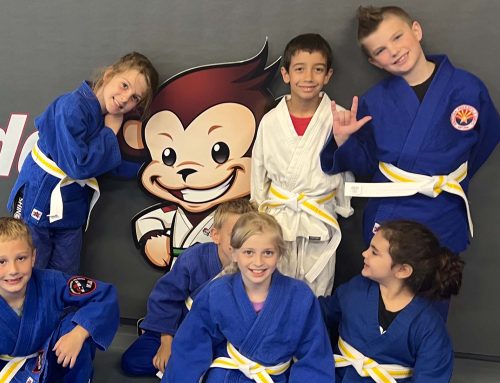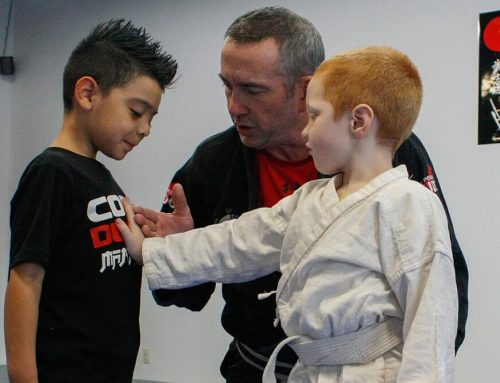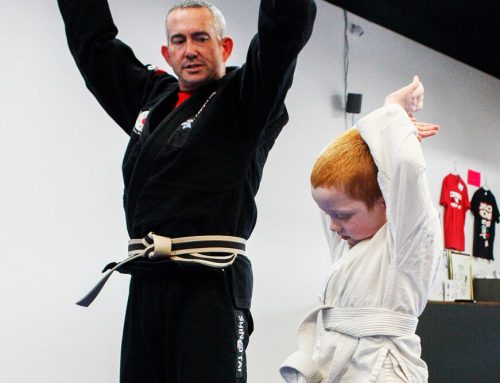It’s true that kids say the darnedest things. Their naive lack of experience with a social filter emboldens them to be painfully but completely honest. That’s one of the special things about my job; I get a get a good laugh every day and often I must be ready to laugh at myself.
Sometimes our shortcomings are going to be brought to our attention in awkward ways and it’s healthy to laugh and let others laugh along with us. However, the deliberate and repeated attempt to cause harm to someone perceived as vulnerable is something entirely different. That’s called bullying and it is never acceptable.
A recent Psychology Today article describes “bullying” as a “distinctive pattern of harming and humiliating others, specifically those who are in some way smaller, weaker, younger or in any way more vulnerable than the bully.” And I tend to agree with the article that bullying is not run of the mill, or “garden variety” aggression, but rather an act of exploitation where the bully’s aim is to take something of value from their victim.
Psychologists seem to suggest that bullying can develop as a characteristic at an early age if not identified and addressed. That combined with several statistics estimate that over a fourth of all children will be the victim of at least one bully, what to do about bullying is a very common concern among parents and teachers.
I’m asked all the time if I think martial arts is a good way to address this problem. That’s a very common reason parents bring their children in for our classes. Parents want their children to have self-confidence and to know how to defend themselves if confronted by a bully. I do think Martial Arts can be a good way to address this problem, if the curriculum that is taught incorporates an effective strategy to deal with that very specific problem.
Martial arts, in and of themselves, may do many things, many good things, but it may not always be the best solution to every problem. I just had a friend remind me, “back in our day, a problem on the playground could usually be solved with one punch in the nose. Problem solved!” I must admit, I do remember it that way and I recall I handled a bully a time or two myself. I also remember getting sent to the vice principal’s office, where both received a hard swat with a paddle, then sent back to class. Today, a teacher should never strike a student. And I’m given to understand that schools these days uniformly have a “no tolerance” policy when it comes to violence; hitting in particular.
I do want to address this problem specifically. No child should be the victim of harassment, intimidation or violence, so I developed my curriculum in a way I hope helps kids and their parents deal with bad or scary situations. To start with, here are five suggestions to help bully-proof your child:
“distinctive pattern of harming and humiliating others, specifically those who are in some way smaller, weaker, younger or in any way more vulnerable than the bully.”
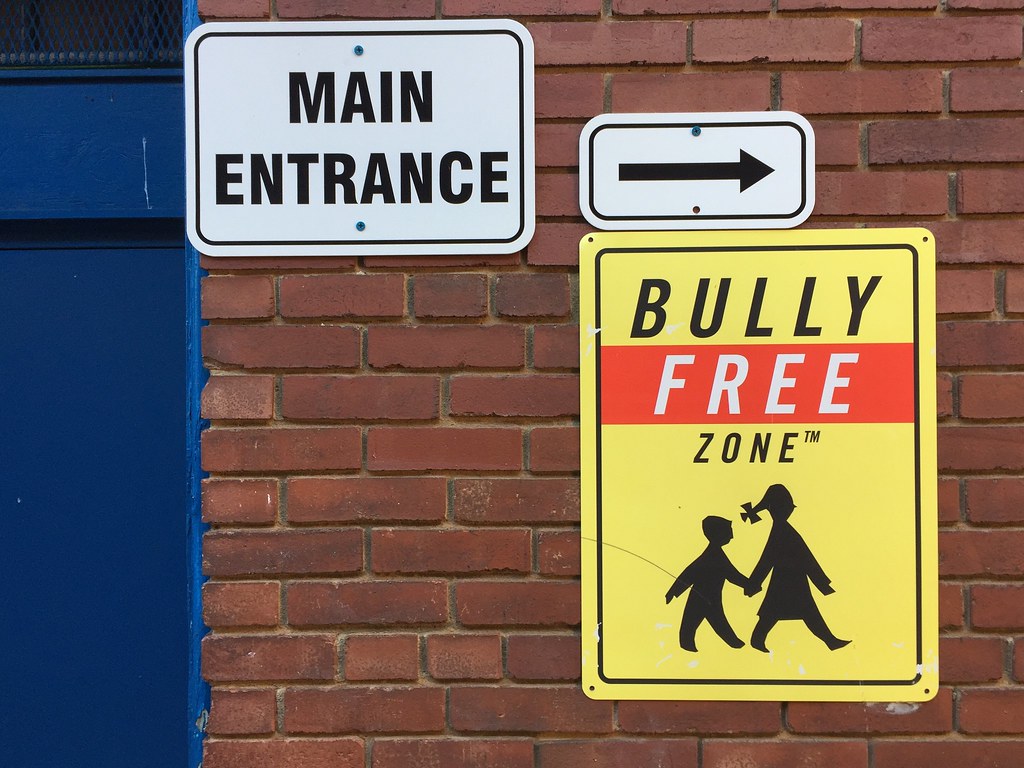
- Stand tall and walk with confidence. Body language is an important non-verbal communication skill.
- Tell. It’s always ok to tell an appropriate adult something is not right.
- Avoid being in a bad spot in the first place. Be aware of your surroundings.
- Say NO to bullies. We don’t give in to bully’s demands and we do tell.
- Develop friendships. Don’t be afraid to ask for help. Have a support system in place to help you.
This is what I tell parents to tell their kids to help them STAND up to bullies. Every day in our age appropriate kids’ classes, we cover these and other life changing skills – health, fitness and fun activities that enhance physical education. Our self-defense strategy of learning to de-escalate confrontation by walking away or close the distance if no escape; take an attacker to the ground where we control them, then negotiate a resolution, is a big hit with schools and is teacher endorsed. My program guarantees to our students and parents: I’m willing to talk to any principal about any situation affecting one of my students (community of support).
Our “Mat Monkeys” class is for preschool age kids as young as 4 years old, up to about 8. Our Jr. Judo program is perfect for kids about 9 or 10 years old and focuses on sound principles that has made Judo the most popular martial art in the world and influenced nearly every form of self-defense now known.
Bully-proofing our kids is such an important topic that I’m going to cover other aspect of this in our next article as well. I also have a “Bully-Proof” seminar that I will be conducting soon for children and their parents’. Useful information the everyone can utilize right away. Please contact me if you have anything to share, any questions or need any further information.

